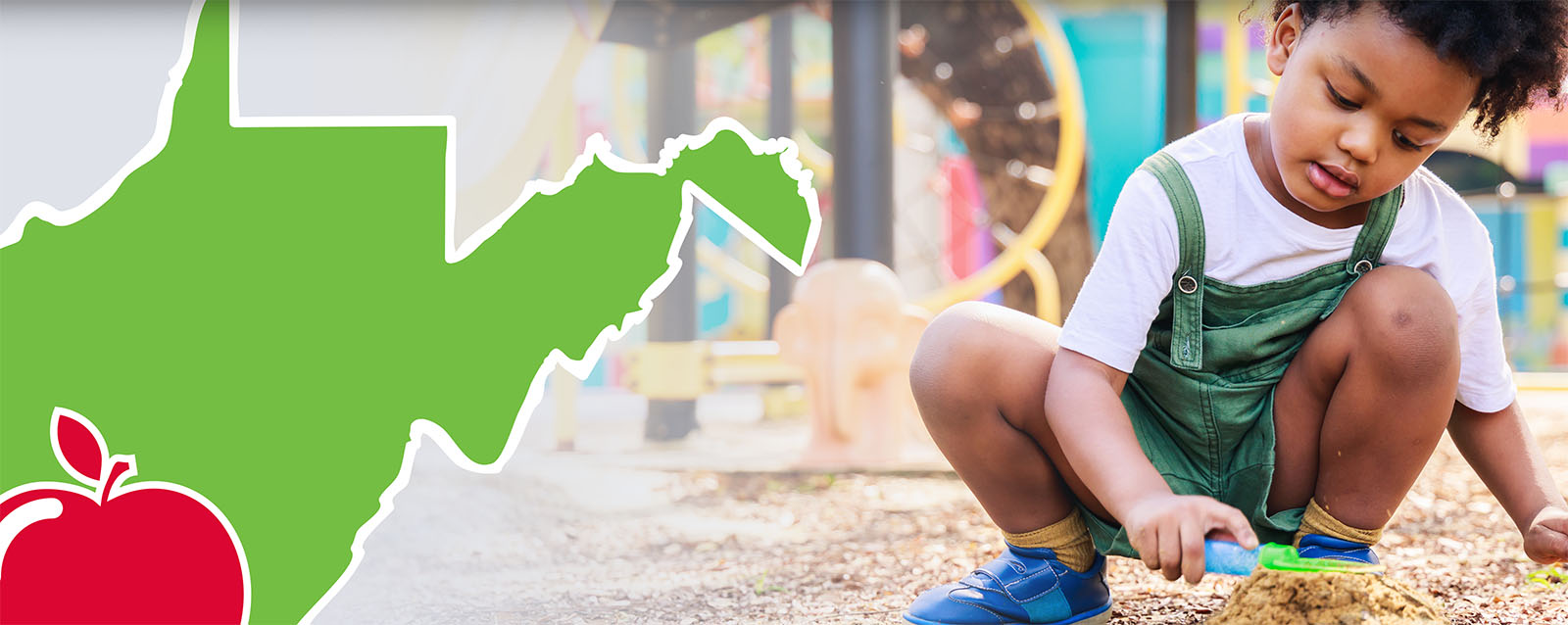


One in 10 children in the U.S. will experience contact sexual abuse before their 18th birthday. Child sexual abuse prevention strategies include promoting positive social norms, teaching skills that foster strength and resilience, empowering youth, strengthening families, and creating safe and welcoming environments. This work involves schools, communities, families, and other youth-serving providers to support the overall well-being and safety of every child.
Please Note: A key priority for prevention work is to do no harm. Individuals providing prevention programs should be trained on the content and prepare others to appropriately and safely respond to disclosures BEFORE an event or presentation. Program facilitators are highly encouraged to partner with a local rape crisis center and other specialized providers.
Bystander Intervention is recognizing a potentially harmful situation or interaction and choosing to respond in a way that could positively influence the outcome.
Strategies for reducing bullying behavior and creating a safer environment for children and youth.
Provide educational opportunities for children and youth to increase skills to reduce risk factors and increase protective factors.
Opportunities for adults to learn strategies for identifying risk factors and preventing abuse.
Teach children and youth about healthy relationships early to improve health and well-being.
Strategies for engaging boys, men and coaches to intervene and prevent violence by challenging social norms and creating safer spaces.
Strategies for building self-awareness, healthy relationships, and resiliency.

<!–Take steps to publicly support the prevention of sexual violence.
<!–Take steps to educate others on the issue and be a positive role model.
<!–Take steps to actively prevent sexual violence in your community.